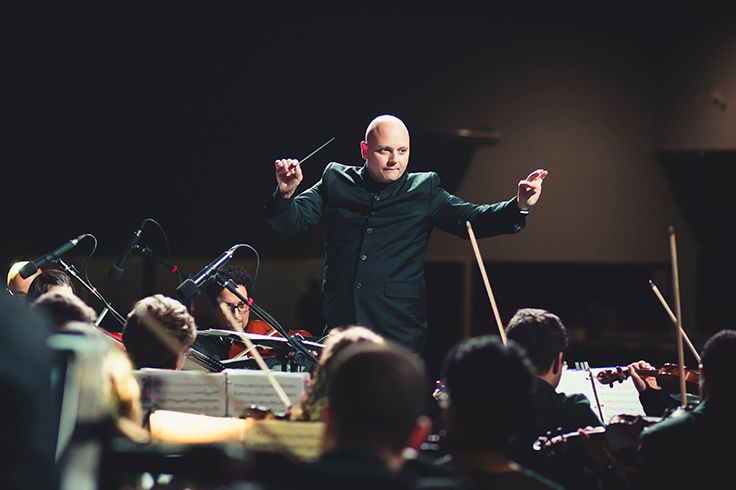- stradivaristringss
- Dec 17
- 4 min read
Have you ever considered becoming a guitarist? Do you often fantasize about playing guitar in a live concert? If yes, it is important for you to take guitar classes. There are a lot of options available to you today when looking for a school that offers guitar lessons. However, it is crucial that you pay attention to the guitar lessons for beginners if you wish to become a pro guitarist.
Keep this in mind at all times because learning a string instrument like the guitar is not an easy task. It requires years of knowledge and consistent practice to become a pro guitarist. However, it is equally important to pay attention to fundamental learning if you wish to become a versatile player who can create music from different genres. To achieve such success, every advanced player or your idol, for instance, has taken their beginner's learning seriously.
Apart from this, you equally have to know one single thing that it is not possible to learn on a string instrument on your own. As you require a certain amount of guidance to become a guitarist, you have to start looking for a good institution. When you start taking guitar lessons for beginners, you will make mistakes. However, it is your dedication and persistent practice. That will help you to move ahead and overcome the challenges.

Why should you care about taking guitar lessons for beginners?
Here, we will take a look into the major benefits that one can get from learning beginner guitar lessons. Remember that if you want to become a versatile player, you have to create a strong unbreakable foundation. Only a good beginner lesson provided by a reputed institution will be able to fulfil your desires. So let us take a look into the major advantages.
You will understand the correct posture before learning:
The first and foremost advantage that you will get from taking guitar lessons for beginners is the knowledge of posture. Sitting correctly and holding an instrument correctly are essential for learning any string instrument. Once you learn how to hold this instrument, it will become easier for you to reach the strings. As you have to reach every string to create different chords and scales, you will need to learn the way to sit and hold the instrument.
However, you will need to select a music school that is experienced in teaching beginners. Remember that it requires a knowledgeable teacher with great experience to become a violin player. Therefore, to get the most out of your learning, make sure you check everything correctly.
You will learn the chords:
When it comes to guitar, you need to focus on learning the fundamental chords first before moving on to the more complex chords. You must keep a clear expectation that it is definitely not easy to learn the chords. It might take years to be able to properly place the fingers and play the strings. Being a beginner, it can be a painful experience. As you will require pressing the chords with your hand and playing it with another, it might lead to browsing your fingertips.
However, you are not alone. Everyone who has become a guitarist has gone through this phase. Therefore, when you choose guitar lessons for beginners, you have to pay attention to perfecting the chords. When you move from the basic to the upper levels, you will find that it is becoming easy to play different songs.
You get ready for the advanced lessons:
There is no denying the fact that everyone who is willing to become a guitarist will want to learn advanced guitar lessons. While the basic lessons can help you build a strong foundation and become a versatile player, the advanced lessons are just as important because they are difficult and will prepare you to become a professional guitarist. However, you must know that until you take guitar lessons for beginners, it is simply impossible to learn advanced lessons.
The beginner lessons actually prepared you for advanced learning. When you start taking the basic lessons seriously, you will be able to enjoy the advanced classes. It's simply the most important thing a guitarist needs. Apart from this, you must have a clear knowledge that it requires guidance from the best teachers for both basic and advanced learning.
You will find it easy to overcome future challenges:
Challenges are not only for beginners but it is equal for advanced learners. Anyone who wants to become a guitarist must face and overcome obstacles. However, when you take beginner guitar lessons seriously, it becomes easier for you to overcome future challenges. Undeniably the basic lessons are equally challenging, or maybe more, it prepares your foundation. You will be able to easily catch any song once you hear it when you learn the foundation.
Therefore, to make sure that you become a great guitarist, you must take the beginner lessons seriously. It requires you to choose the best music institution with top-notch teachers who have experience in making beginners learn this instrument. The better it gets for you, the more you learn.

Final thoughts:
So, if you have had a belief that you can easily learn this instrument on your own, it is not true. Since you must take basic guitar lessons for beginners, you will need expert advice and guidance. You have to make sure that you choose an experienced music institution that has been in the market for a long time. With more people wanting to become guitarists and pro musicians nowadays, you will not find it hard to choose a music institution.
However, when choosing a school, always focus on the most important aspects. Because your teachers are the most important people in your life who can help you become a guitarist, you need to pick a good school with experienced and qualified guitar teachers who offer beginner guitar lessons.






